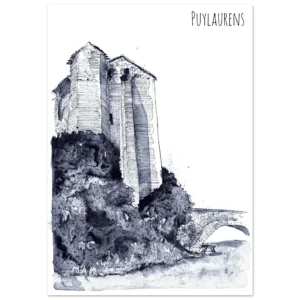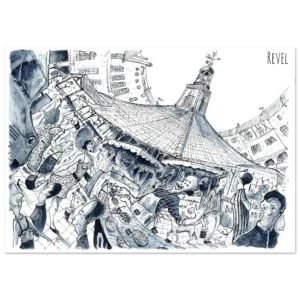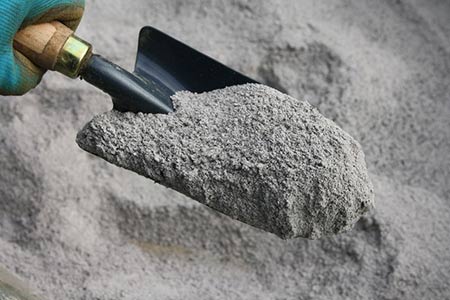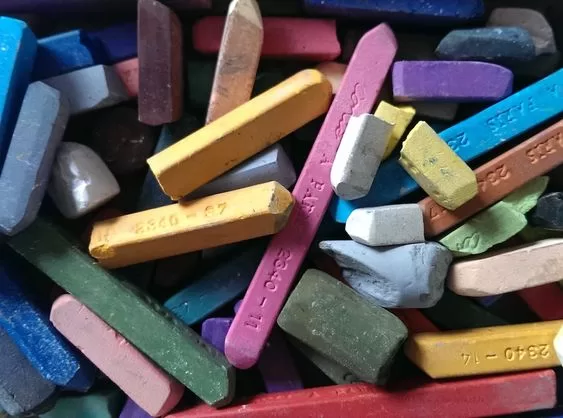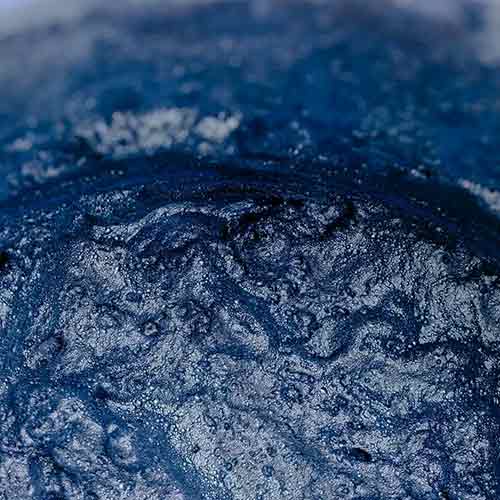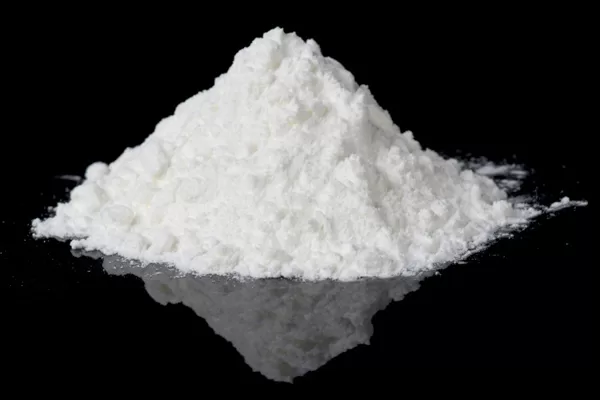Recipe for iron acetate (or nail soup)

What is iron acetate used for?
Iron acetate is well known to cabinet-makers for ebonizing wood, to obtain dark shades ranging from dark gray to ebony black.
However, on further investigation, it is interesting to note that iron acetate has other applications. In dyeing, for example, it can be used as a mordant (replacing iron sulfate), i.e. as a fixative for natural dyes. In this case, it darkens colors while making them more UV-resistant.
It can also be used as an oxidizing agent, creating ageing and patina effects on almost any surface.
Iron acetate production
This recipe, also known as "nail soup", is easy to make and offers a wide range of uses.
This ingredient can be made with just two commonly available ingredients.
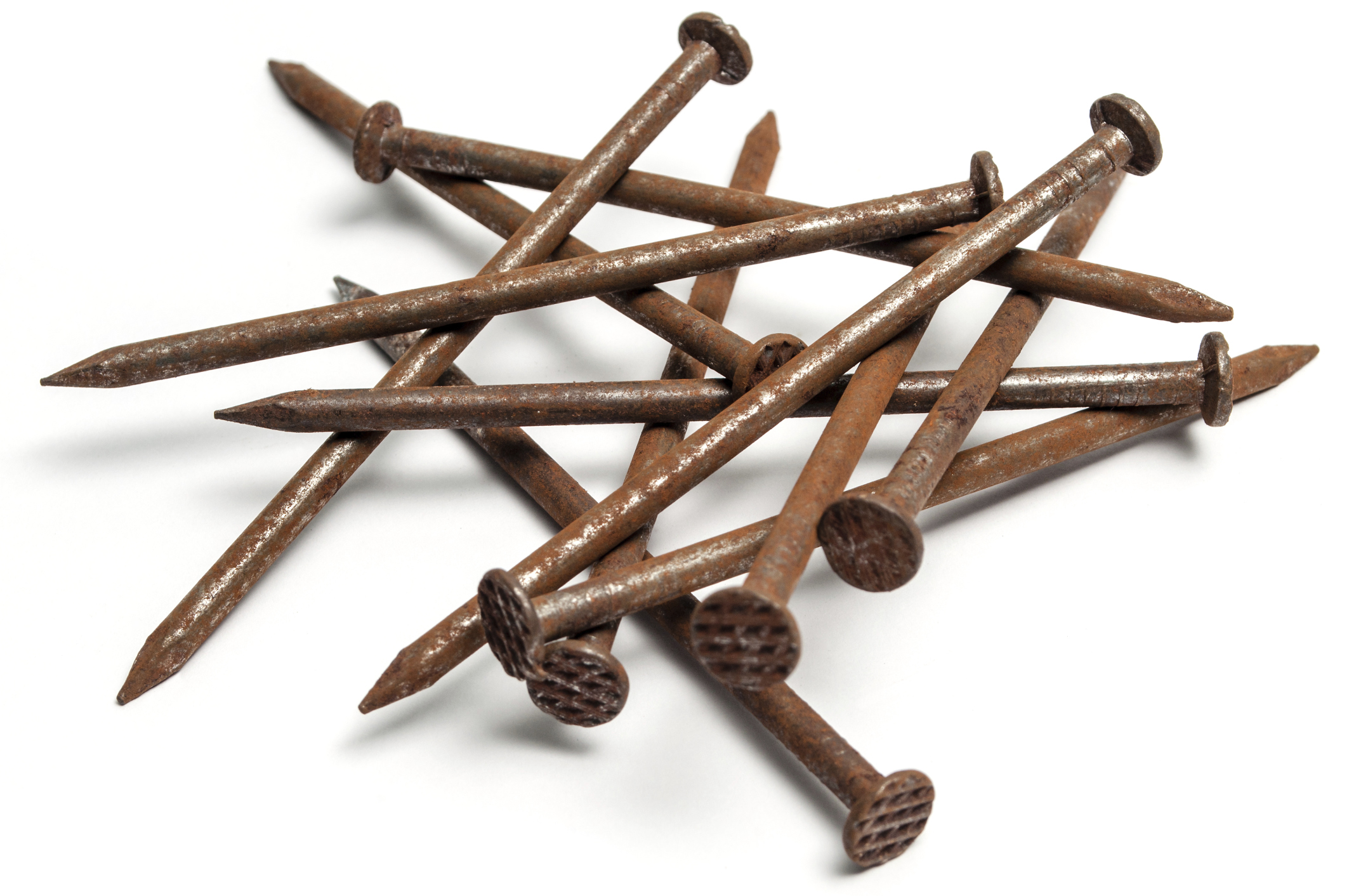
It can be used as a substitute for iron sulphate (an ingredient that is often used as an additive).ingredient found ine din many recipes). Please refer to the glossary for more information on this ingredient.
- It can be painted to obtain a perfect rusted effect.
- Iron acetate is added to pigments to darken the resulting colors,
- It is used in cabinet making to ebonize wood.
- It can be used as a mordant in dyeing (with extreme caution, as it darkens colors and weakens fabric fibers).
It's a very easy ingredient to make yourself, with a wide range of uses. What's more, it's a practical alternative to iron sulfate, which is much harder to make yourself.
The disadvantage of this ingredient is that it is difficult to dose precisely in recipes. Indeed, the level of iron acetate can vary from one solution to another, depending on various factors such as the quantity of metal objects used in the preparation and the resting time.
So when you use this ingredient, you can expect slightly different results every time.
Recipe
1 week to 2 months
Easy
Cheap
IMPORTANT
Iron acetate can be irritating, so be sure to wear gloves, a mask and safety glasses when handling it.
Iron acetate stains, so I recommend wearing an apron.
If you're unfamiliar with any terms, materials or ingredients, take a look at our GLOSSARY.
Ingredients
- Old nails (or other objects containing iron)
- White vinegar (you can also use cider vinegar or wine vinegar, but the colors obtained will be different)
- Water
Utensils
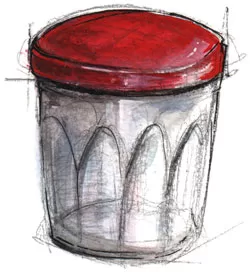
2 jars

1 sieve colander

1 fabrics
(Cloth, rag, old T-shirt...)
Preparation
Step 1
Put the nails (or other metal objects) in the first jar.
Step 2
Add 50% white vinegar and 50% water.
Place your fabric on the jar. Do not use a tight-fitting lid, as gas will form.
From time to time, top up the level with a little water and vinegar.
Step 3
Wait at least a week.
You can even leave them in the vinegar for a month or two to concentrate the acetate.
Step 4
Open the jar and stir the mixture. You'll end up with a rusty juice.
PS: I sometimes use this unfiltered mixture and combine it with egg yolk to paint the backgrounds of my paintings. The result is a texture equal to a rusty iron plate.
Step 5
Strain the juice into the second jar.
Step 6
You can store the juice for several months in a closed jar.
Share
And also :

Courses and workshops
During the year, I organize various workshops and courses to learn how to make your own paints.
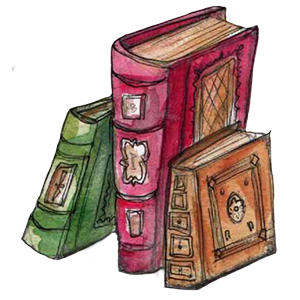
Resources
I've collected websites, books and PDFs dedicated to making paints, stains, inks and other artistic materials.
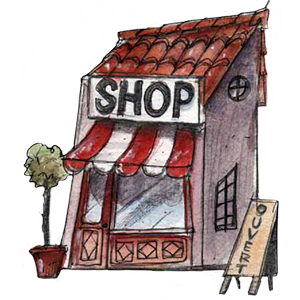
Store
I'm selling some of my creations.
Newsletter
If you sign up, you won't receive any spam from me, just one or two newsletters a month, no more.
- HOME
- ABOUT US
- MY WORKS
- MAKE YOUR OWN PAINTS
- How to make watercolours?
- How to make charcoal easily?
- How to make natural pigments easily?
- How to make dry pastels?
- How do I easily re-tension a canvas?
- How do I make black ink for calligraphy?
- Making lye with wood ash
- Making flour paint
- Making blue pigments with indigo
- Recipe for iron acetate (nail soup)
- Make soda crystals with baking soda.
- Madder lacquer recipe
- Gaude lacquer recipe
- Making gouache
- How to make walnut stain easily?
- How do I make calcium carbonate at home?
- How to make egg paint?
- WORKSHOPS / COURSES
- RESOURCES
- FORUM
- THE SHOP
- CONTACT

